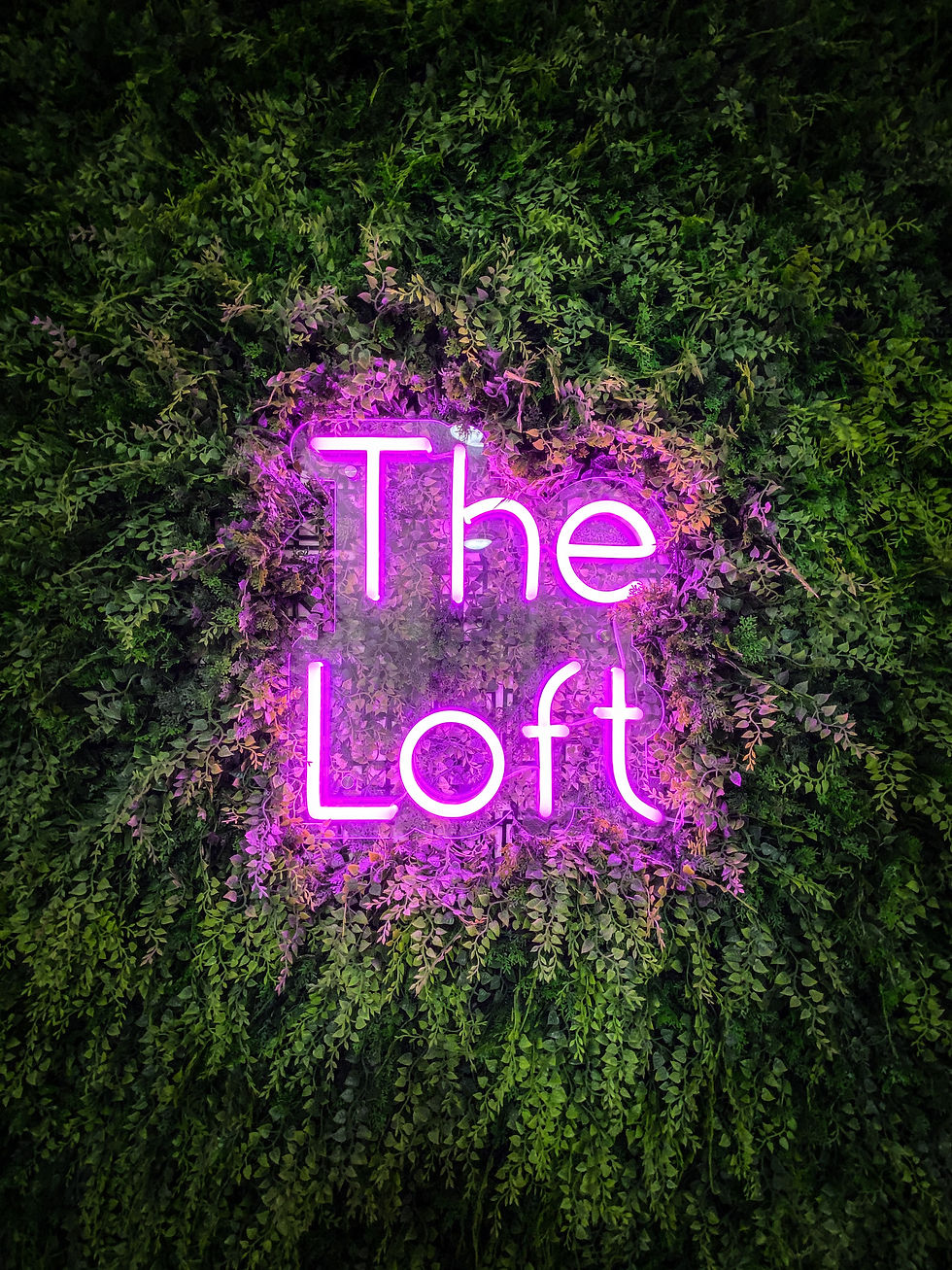The History of Neon Signs
- laurenandciaran2
- May 15, 2022
- 2 min read
Updated: May 16, 2022
Neon signs have made their mark on the world, from large open signs in your local restaurant to the names of venues lit up in bright lights, it is not hard to envision an example of these bright signs. Neon signs have most definitely made an impact, but where did these neon signs start?

Georges Claude sparked the popularity of neon signs in 1910 at the Paris Motor Show, where he demonstrated his neon sign invention. He then went on to install the first neon advertising sign at a Parisian barbershop in 1912, with other businesses in the city, such as the Paris Opera, seeking the bright and colourful signage. Claude went on to form the company Claude Neon. He was awarded a patent on neon signs in the US in 1915, he went on to sell under the company Claude Neon Lights around the world.
Neon gas itself was discovered in 1898, by British scientists William Ramsay and Morris W. Travers. Whilst performing experiments they identified a red glow in the Geissler Tubes they were using, this was neon gas. Then as mentioned above, French engineer and inventor Georges Claude then developed neon tube lighting in order to exploit the gas. This gas was a by-product of air liquefaction processing and he used it to create the neon signs we now know today.
Neon is a rare, inert gas that when electrically charged, glows red. By mixing other gases and elements, more than a hundred colours can be created. For signs, neon is placed inside glass tubes, with an electric current to charge it and make it glow. These signs can be moulded to various shapes and can last for years or decades without replacement. The signs consist of light-emitting tubes that can form text or pictures.
Neon quickly became a popular signage choice in the United States from the 1920s. It was initially popular in just outdoor settings such as on highways or main city areas. For example, many signs were installed in Times Square in New York City, designed by Douglas Leigh. Las Vegas also became a big market, when you think of a Las Vegas sign today, it is likely a neon sign pops into mind. Neon’s vibrancy and its ability to grab people’s attention made it an obvious choice for advertising.
As neon signage grew increasingly popular, it became much more accessible and affordable for small businesses.There were nearly 2,000 small shops producing neon signs by 1940. And by the 1960’s nearly every diner and motel across the US had some sort of a neon sign in their establishment.
Since the 1960s, neon has remained a popular choice throughout the world for signage because of its visual appeal. The introduction of LED neon lighting in 2006 meant a new form of neon signage known as neon flex signage hit the market. Neon flex is more energy efficient, more durable and safer to use than traditional glass neon lighting.
Neon flex signs can be used for various purposes and can make a significant impact on business, whether it’s a shop neon sign, bar neon sign or restaurant neon sign, the visual appeal of neon still remains today. Neon signs are not just a vintage thing of the past, they are here to stay!





Comments